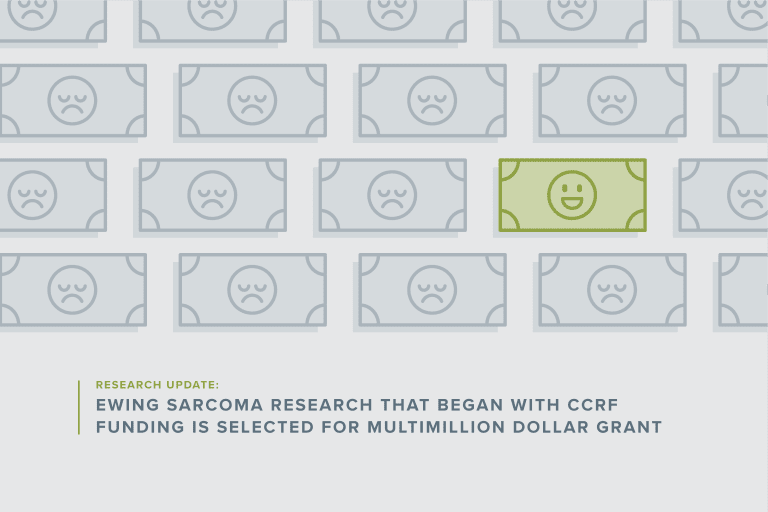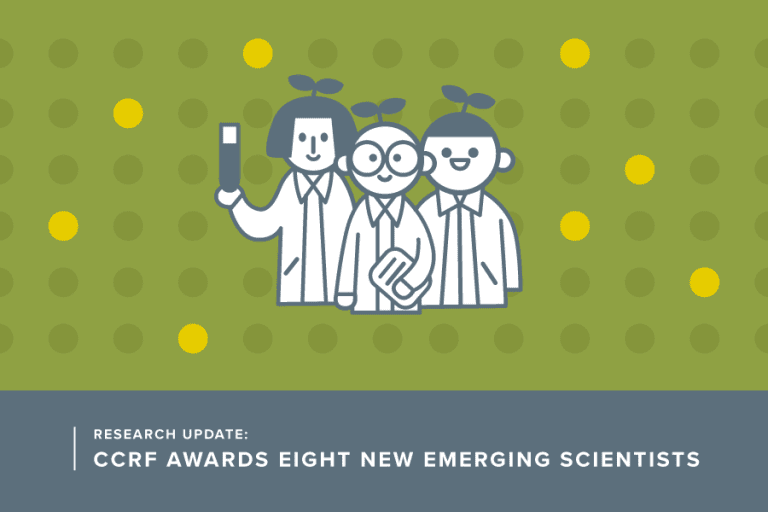Other Cancers
Childhood cancers can also be found in the liver, kidneys and gonads.
Liver Cancer
This cancer develops in the tissues of the liver, one of the largest organs in the body. There are two main types – hepatoblastoma and hepatocellular carcinoma.
Hepatoblastoma, the most common of the two types, is most often found in children under age 5. Hepatocellular carcinoma usually affects older children and adolescents.
Treatment for this cancer may include surgery, transplant, chemotherapy, radiation or a combination of these options. Because childhood liver cancer is relatively rare, the National Cancer Institute recommends that all patients be considered for a clinical trial.
Why we need better, safer treatments:
Some late effects from treatment and tumor removal include problems with the heart, kidneys and nerves and hearing loss.
The 5-year survival rate for children with hepatoblastoma is 70 percent. The 5-year overall survival rate for children and adolescents with hepatocellular carcinomas is 42 percent, though the rate is dependent on the stage of the cancer and other factors.
Kidney Tumors
Wilms tumor, also known as nephroblastoma, is the most common type of kidney cancer in children, with about 650 cases diagnosed in the U.S. each year.
Treatment Wilms tumor may include surgery, chemotherapy, radiation or a combination of these options.
Why we need better, safer treatments:
Some late effects from treatment and tumor removal include reduced kidney function, issues with the heart, lung or reproductive system and delayed development.
The 5-year survival rate for children with Wilms tumor is 90 percent, though the rate varies depending on factors such as the makeup of the tumor, age and stage of disease.
With more children surviving lymphomas, doctors are now focused on finding safer, less toxic treatments to reduce the risk of late effects such as heart and cognitive issues, growth development and infertility.
Germ Cell Tumors
Germ cells form as a fetus (unborn baby) develops. These cells are part of a male or female’s reproductive system, but sometimes they develop into tumors that are either malignant (cancerous) or benign (not cancerous).
Germ cell tumors can develop in the central nervous system, including the brain. They can also develop outside the brain; those tumors are called extracranial and can be grouped into two main types: gonadal or extragonadal.
Extracranial germ cell tumors make up about 3 percent of all childhood cancers for children under age 15. They are more common in adolescents ages 15 to 19, representing 14 percent of cancers for this age group.
Treatment for this cancer may include surgery and chemotherapy. Radiation may be used if the germ cell tumor is in the brain.
Why we need better, safer treatments:
Some late effects from treatment and tumor removal include problems with the heart, kidneys, reproductive system and hearing.
The 5-year survival rate for children with germ cell tumors varies widely based on the type of tumor, location, stage, age of patient and other factors.
Overall, germ cell tumors are relatively rare in children, making it difficult for researchers to study and advance treatment options.
Sources: Children’s Oncology Group, National Cancer Institute, American Cancer Society
Understand more about other types of childhood cancer with these articles:
DNA test could predict future brain tumor relapses in kids
Drs. Erin Crotty and Margot Lazow were motivated by their young, resilient patients to spend their careers studying some of the most...
Ewing sarcoma research that began with CCRF funding is selected for multimillion dollar grant
Ewing sarcoma researcher Beau Webber, PhD, and epidemiologist Logan Spector, PhD were selected for a multimillion-dollar National Institutes...
CCRF Awards Eight New Emerging Scientists
Through a selective granting process, Children's Cancer Research Fund (CCRF) recently awarded these eight promising scientists the Emerging...



